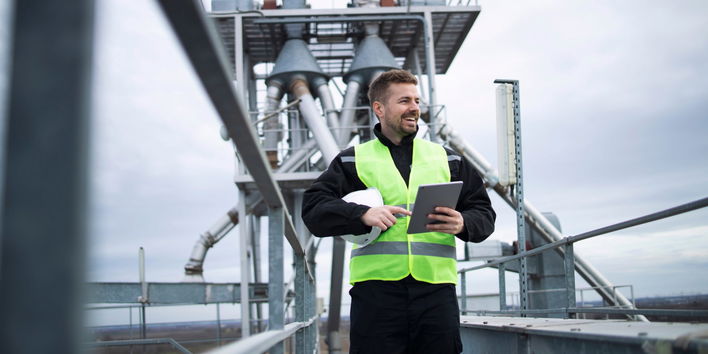FutureOps, another fancy, technical term to get you confused right? But isn’t everything about the future complex and confusing? Aren’t you concerned about the future of your business?
Aren’t you worried that the technologies and infrastructure which are a rage amongst business owners will turn obsolete in the coming years?
Modern CIOs are under immense pressure for being quick in taking decisions, flexible, and innovative. Yet at the same time, they also have to be cost-effective.
This is where the IT Ops team plays a crucial role in discovering, monitoring, managing, and optimizing the --
- multi-cloud services
- application containers
- serverless deployments
- data sets from across the business
- edge computing devices
In general, IT organizations are spending a significant amount of time on issue classification and assignment instead of providing resolution. What these organizations need is a data-driven, smart, automated and business-centric practice of IT operations like FutureOps.
FutureOps enables businesses to reduce their technical debt while leveraging new technologies for future gain.
So, what is FutureOps?
The business world is often surrounded by these technical granular metrics
- server utilization
- network uptime
- website latency
These were just the tip of the iceberg because CIOs are often surrounded with dozens of other technical details.
However, when you think from a business viewpoint, these technical metrics often lose the context. IT operations teams must dedicatedly manage the technology infrastructure and application for enabling the business drivers and metrics across the board.
It is the IT Ops that collects the data on IT usage and the application performance across different technology and organizational boundaries. The new challenge is monetizing that usage data for deriving business value.
The idea of the future of IT Ops, or FutureOps, creates a stronghold in this particular situation. Because FutureOps is an intelligently-automated and business-centric practice, it will help organizations reduce their technical debt in companies while they can leverage upcoming technologies for business gain.
FutureOps will assist CIOs moving from IT metrics to business metrics and enable them to answer these questions:
- What is the customer base?
- Why are they preferring us over the competition?
- How can we better engage with them?
- How are we going to beat the competition next month?
- How can we increase our goodwill in the market?
- Why is there a high customer churn rate?
- How can we deliver excellent customer experiences?
64% of IT operations leaders believe their job is to deliver agile, responsive, and resilient infrastructure that can support fast-moving business requirements. - OpsRamp
FutureOps is a data-driven discipline, defined by these three traits:
Data-enabled automation
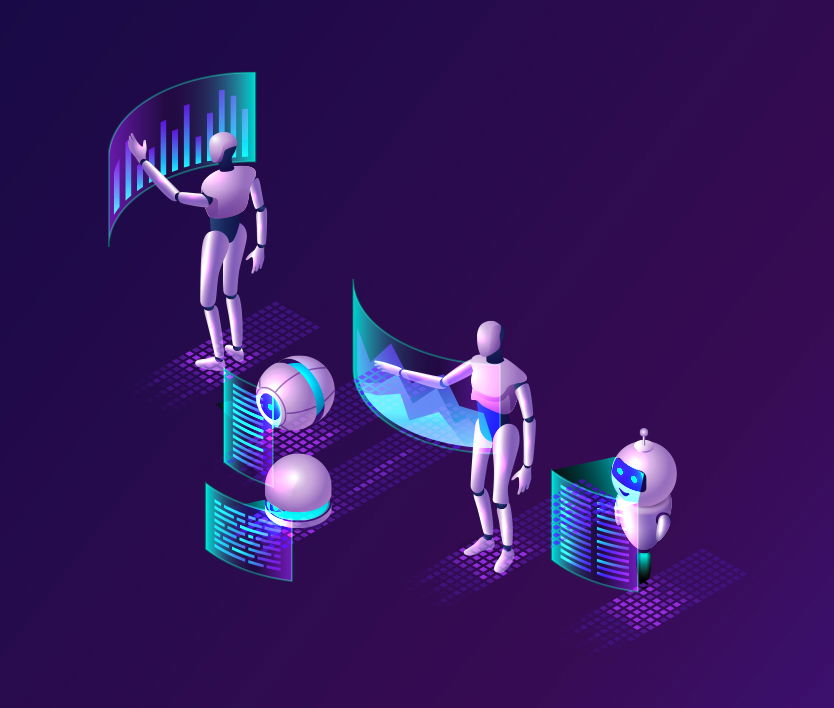
Automation can --
- serve the global enterprise at scale while maintaining the high performance and usability
- relieve IT teams from routine tasks, such as rebooting the server or pushing a patch
The evolution of automation is based on becoming smarter, more aware, and contextual. The technology relies on AI and machine-learning for --
- Discovering hidden resources and threats
- Uncovering various patterns
- Filtering out the unwanted data clutter
- Assisting in decision-making
Businesses will make good use of smart, self-learning algorithms and integrate it into various operation tools and platforms at hand.
Business owners and IT professionals refer to the IT operations manual, the runbook. How often are these manuals updated? The world is now making good use of distributed cloud computing. The digital environment is constantly changing and thus demands an adaptive response.
By integrating AI-enhanced manual books within your IT operation systems, you can keep them updated according to current market standards.
We can also examine the most frequently encountered issue of managing disk space. When we integrate IT ops with ML and AI, the network monitoring system will push notification of investigation for any download activity that makes the drive reach its capacity. This way, your network will stay secure and updated about any doubtful activity of any employee.
DevOps and ITOps merge
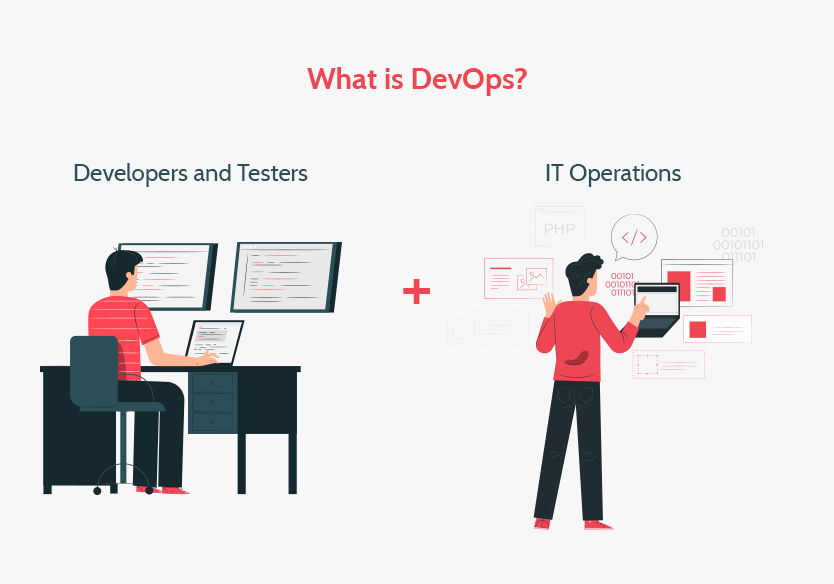
- IT Ops and DevOps don’t generally have any coordination between them.
- IT Ops can be defined with stability and repeatability.
- DevOps is defined with agility, flexibility, and customer experience.
- IT Ops uses various tools and systems
- DevOps practitioners keep changing their toolsets.
Merging these two disciplines will successfully achieve the business goals and fulfill the needs without compromising the overall performance and user experience.
IT Operations teams must manage workloads such as the servers and containers in an agile, adaptable, and changeable way according.
Managing the Vs
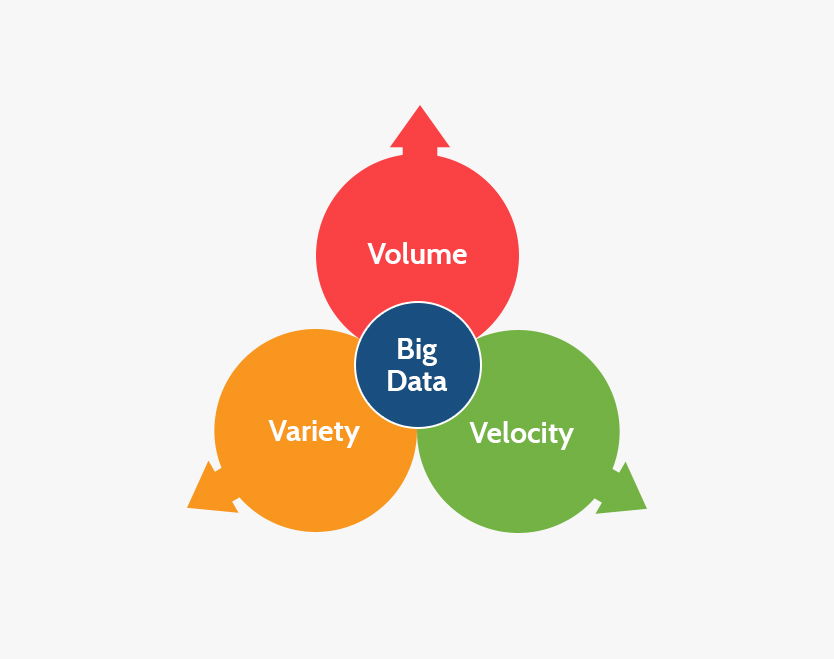
For the past few years, all the cloud apps and services are hidden and managed in line with IT governance requirements. The IT infrastructure is getting more complex.
These technologies are being put up together inside the organizational structure --
- On-premise
- Cloud
- DevOps
- SecOps
- IT monitoring tools and technologies
The business administration is finding it hard to create a better sense of the disconnected data points. FutureOps helps in restoring the order by integrating various tools and data sets.
FutureOps easily maps the server and network metrics with business services. It ensures that each service gets optimal resources and configurations.
It is important for modern companies to have the capacity of handling their business data based on these three V’s:
- Volume
- Velocity
- Variety
Inclusion of FutureOps will allow decision-makers to add more business value as it heavily depends on connecting your business data, the business process, workforce, and business technology. FutureOps will help business owners to connect all these dots while delivering data-intelligence using machine learning and artificial intelligence (AI).
Inculcating FutureOps in the business flow will also enable businesses to curb over the expense in the future as every data will be made based on the reports generated by the culmination of all these technologies.
The amalgamation of every technology into one will also help business owners / CIOs get better updates on the health of their IT infrastructure, find the cause, and implement the solution at a much faster manner.
The Future of IT Ops
“Infrastructure-led disruption leads to business value,” says Mark Cleary, Senior Director Analyst at Gartner.
Emergence of Hybrid digital infrastructure management (HDIM)
The increase in hybrid digital infrastructure is creating a pressure situation for them.
These things are being added to the traditional data center infrastructure
- External services from colocation
- Cloud providers
- Edge environments
- Internet of Things (IoT)
At present, the HDIM market is in the early stages of development.
However, 20% of enterprises are expected to use HDIM tools for managing their workload by 2022.
Businesses will start relying on AIOps platforms for decision-making
AIOps is gaining relevance in the enterprise architecture for contextualizing data coming from multiple sources.
“Alongside improving I&O maturity and skills, data quality will become a major focus for the enterprise, enable I&O teams to leverage cross-domain data through AIOps, including customer data that can be overlaid with data from other sources, to help identify factors pertinent to the business.” - says Cleary.
AIOps – or Artificial Intelligence for IT Operations is a term coined by Gartner. Its a solution that uses machine learning-powered algorithms for solving IT issues and intelligently automating repetitive tasks.
AIOps is about reducing the amount of manual work done by IT personnel while processing machine data that is generated by infrastructure hardware and software.
- AIOps platforms extract relevant information from large data sets on their own.
- AIOps also denotes the change in the management from siloed IT data.
- The machine data from multiple sources are combined under one platform for analysis.
- Intelligent insights can help businesses predict future events and backtrace past occurrences.
There must be a context for AI and Machine learning
The information skeptic nature of this information model backings IT associations in building the broadest setting of any IT scene at any point found in the market. Accordingly, Rapidops AIOps stage goes about as a focal point where area driven information sources can be engaged into a solitary, lucid, cross-space examination.
The more information sources get inside the system the more setting can be conveyed to the calculations to examine
- why explicit changes occurred
- the effect the change had on the IT scene
- how this information can be utilized to anticipate future occurrences
We believe that for the organizational data to be relevant and actionable, it has to be in context with your business goal.
You must make good use of the information for making data-driven decisions. While there is various technology available for taking advantage of data.
Legacy systems are not that well-equipped for handling complex IT landscapes. CIO’s are always looking for tools and software to help their organization move away from manual labor for handling various applications, infrastructure, or networks.
It is justified if we say that the domain-centric monitoring tools are limiting the IT department’s ability to detect, diagnose, and address performance issues. They also need a solution for predicting the potential impact on the overall IT infrastructure rather than focusing on individual segments in the business architecture.
We at Rapidops strongly believe that it is the context that helps businesses multiply the value that is generated by artificial intelligence and machine learning.
If your technology implementation lacks the context, it will undermine the capabilities of the said practices and you will fail to use the same to its full potential.
How are we bringing the FutureOps revolution in the market?
We at Rapidops, work with our customers to unlock new opportunities with IoT, AI/ML, voice, cloud, bots, and many more to boost business growth, and we make sure that we provide a wow user experience.
Need help with your next big project? Connect with our team now. Get a free consultation on digital product design and development from scratch with our experts.

Saptarshi Das
Content Editor
9+ years of expertise in content marketing, SEO, and SERP research. Creates informative, engaging content to achieve marketing goals. Empathetic approach and deep understanding of target audience needs. Expert in SEO optimization for maximum visibility. Your ideal content marketing strategist.

Let’s build the next big thing!
Share your ideas and vision with us to explore your digital opportunities
Similar Stories
- Engineering
- undefined Mins
- September 2022

- Engineering
- undefined Mins
- January 2016
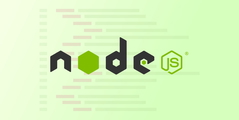
- Engineering
- 5 Mins
- November 2015
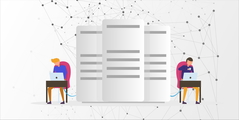

Receive articles like this in your mailbox
Sign up to get weekly insights & inspiration in your inbox.
